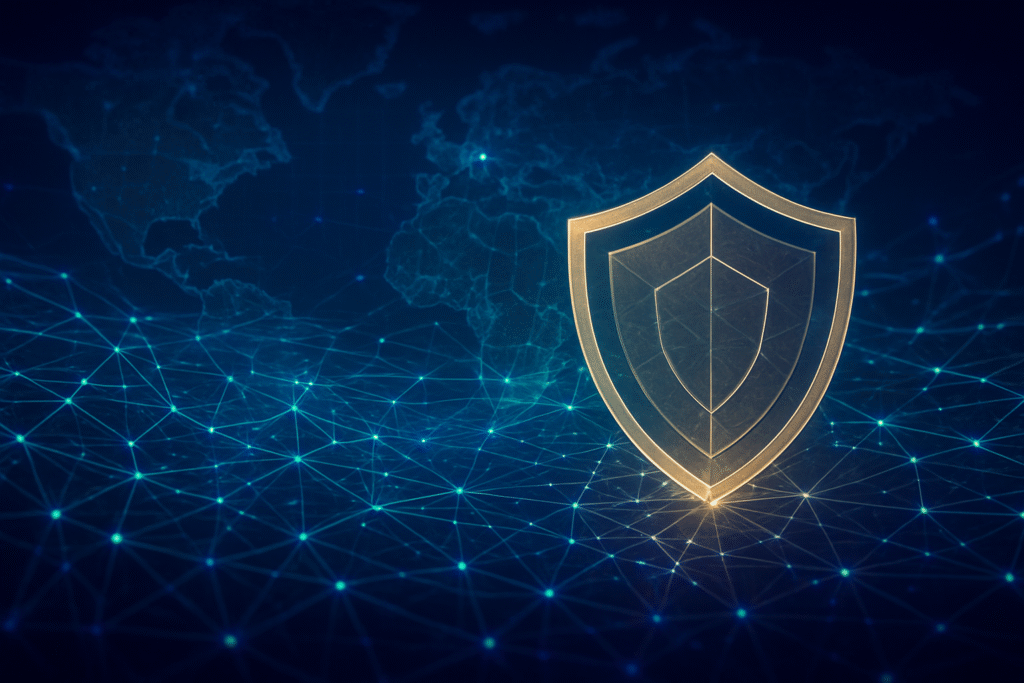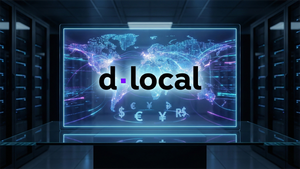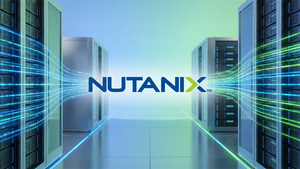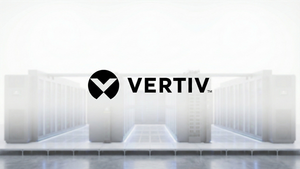
Brussels, Belgium – October 28, 2025 – The European Union's landmark Artificial Intelligence Act (AI Act), the world's first comprehensive legal framework for artificial intelligence, is now firmly in its implementation phase, sending ripples across the global tech industry. Officially entering into force on August 1, 2024, after years of meticulous drafting and negotiation, the Act's phased applicability is already shaping how AI is developed, deployed, and governed, not just within the EU but for any entity interacting with the vast European market. This pioneering legislation aims to foster trustworthy, human-centric AI by categorizing systems based on risk, with stringent obligations for those posing the greatest potential harm to fundamental rights and safety.
The immediate significance of the AI Act cannot be overstated. It establishes a global benchmark for AI regulation, signaling a mature approach to technological governance where ethical considerations and societal impact are paramount. With key prohibitions now active since February 2, 2025, and crucial obligations for General-Purpose AI (GPAI) models in effect since August 2, 2025, businesses worldwide are grappling with the imperative to adapt. The Act's "Brussels Effect" ensures its influence extends far beyond Europe's borders, compelling international AI developers and deployers to align with its standards to access the lucrative EU market.
A Deep Dive into the EU AI Act's Technical Mandates
The core of the EU AI Act lies in its innovative, four-tiered risk-based approach, meticulously designed to tailor regulatory burdens to the potential for harm. This framework categorizes AI systems as unacceptable, high, limited, or minimal risk, with an additional layer of regulation for powerful General-Purpose AI (GPAI) models. This systematic classification differentiates the EU AI Act from previous, often less prescriptive, approaches to emerging technologies, establishing concrete legal obligations rather than mere ethical guidelines.
Unacceptable Risk AI Systems, deemed a clear threat to fundamental rights, are outright banned. Since February 2, 2025, practices such as social scoring by public or private actors, AI systems deploying subliminal or manipulative techniques causing significant harm, and real-time remote biometric identification in publicly accessible spaces (with very narrow exceptions for law enforcement) are illegal within the EU. This proactive prohibition aims to safeguard citizens from the most egregious potential abuses of AI technology.
High-Risk AI Systems are subject to the most stringent requirements, reflecting their potential to significantly impact health, safety, or fundamental rights. These include AI used in critical infrastructure, education, employment, access to essential public and private services, law enforcement, migration, and the administration of justice. Providers of such systems must implement robust risk management and quality management systems, ensure high-quality training data, maintain detailed technical documentation and logging, provide clear information to users, and implement human oversight. They must also undergo conformity assessments, often culminating in a CE marking, and register their systems in an EU database. These obligations are progressively becoming applicable, with the majority set to be fully enforceable by August 2, 2026. This comprehensive approach mandates a rigorous, lifecycle-long commitment to safety and transparency, a significant departure from a largely unregulated past.
Furthermore, the Act uniquely addresses General-Purpose AI (GPAI) models, also known as foundation models, which power a vast array of AI applications. Since August 2, 2025, providers of all GPAI models, regardless of risk, must adhere to transparency obligations, including providing detailed technical documentation, drawing up a policy to comply with EU copyright law, and publishing a sufficiently detailed summary of the content used for training. For GPAI models posing systemic risks (i.e., those with high impact capabilities or widespread use), additional requirements apply, such as conducting model evaluations, adversarial testing, and robust risk mitigation measures. This proactive regulation of powerful foundational models marks a critical evolution in AI governance, acknowledging their pervasive influence across the AI ecosystem and their potential for unforeseen risks.
Initial reactions from the AI research community and industry experts have been a mix of cautious optimism and concern. While many welcome the clarity and the global precedent set by the Act, there are calls for more practical guidance on implementation. Some industry players, particularly startups, express worries that the complexity and cost of compliance could stifle innovation within Europe, potentially ceding leadership to regions with less stringent regulations. Civil society organizations, while generally supportive of the human rights focus, have also voiced concerns that the Act does not go far enough in certain areas, particularly regarding surveillance technologies and accountability.
Reshaping the AI Industry: Implications for Tech Giants and Startups
The EU AI Act is fundamentally reshaping the competitive landscape for AI companies, tech giants, and startups alike. Its extraterritorial reach means that any company developing or deploying AI systems whose output is used within the EU must comply, regardless of their physical location. This global applicability is forcing a strategic re-evaluation across the industry.
For startups and Small and Medium-sized Enterprises (SMEs), the Act presents a significant compliance burden. The administrative complexity and potential costs, which some estimate could range from hundreds of thousands of euros, pose substantial barriers. Many startups are concerned about the potential slowdown of innovation and the diversion of R&D budgets towards compliance. While the Act includes provisions like regulatory sandboxes to support SMEs, the rapid phased implementation and the need for extensive documentation are proving challenging for agile, resource-constrained innovators. This could lead to a consolidation of market power, as smaller players struggle to compete with the compliance resources of larger entities.
Tech giants such as Alphabet (NASDAQ: GOOGL), Microsoft (NASDAQ: MSFT), Meta Platforms (NASDAQ: META), and OpenAI, while possessing greater resources, are also facing substantial adjustments. Providers of high-impact GPAI models, like those powering advanced generative AI, are now subject to rigorous evaluations, transparency requirements, and incident reporting. Concerns have been raised by some large players regarding the disclosure of proprietary training data, with some hinting at potential withdrawal from the EU market if compliance proves too onerous. However, for those who can adapt, the Act may create a "regulatory moat," solidifying their market position by making it harder for new entrants to compete on compliance.
The competitive implications are profound. Companies that prioritize and invest early in robust AI governance, ethical design, and transparent practices stand to gain a strategic advantage, positioning themselves as trusted providers in a regulated market. Conversely, those that fail to adapt risk significant penalties (up to €35 million or 7% of global annual revenue for serious violations) and exclusion from the lucrative EU market. The Act could also spur the growth of a new ecosystem of AI ethics and compliance consulting services, benefiting firms specializing in these areas. The emphasis on transparency and accountability, particularly for GPAI, could disrupt existing products or services that rely on opaque models or questionable data practices, forcing redesigns or withdrawal from the EU.
A Global Precedent: The AI Act in the Broader Landscape
The EU AI Act represents a pivotal moment in the broader AI landscape, signaling a global shift towards a more responsible and human-centric approach to technological development. It distinguishes itself as the world's first comprehensive legal framework for AI, moving beyond the voluntary ethical guidelines that characterized earlier discussions. This proactive stance contrasts sharply with more fragmented, sector-specific, or non-binding approaches seen in other major economies.
In the United States, for instance, the approach has historically been more innovation-focused, with existing agencies applying current laws to AI risks rather than enacting overarching legislation. While the US has issued non-binding blueprints for AI rights, it lacks a unified federal legal framework comparable to the EU AI Act. This divergence highlights a philosophical difference in AI governance, with Europe prioritizing preemptive risk mitigation and fundamental rights protection. Other nations, including Canada, Japan, and the UK, are also developing their own AI regulatory frameworks, and many are closely observing the EU's implementation, indicating the "Brussels Effect" is already at play in shaping global policy discussions.
The Act's impact extends beyond mere compliance; it aims to foster a culture of trustworthy AI. By explicitly banning certain manipulative and exploitative AI systems, and by mandating transparency for others, the EU is making a clear statement about the kind of AI it wants to promote: one that serves human well-being and democratic values. This aligns with broader global trends emphasizing ethical AI, but the EU has taken the decisive step of embedding these principles in legally binding obligations. However, concerns remain about the Act's complexity, potential for stifling innovation, and the challenges of consistent enforcement across diverse member states. There are also ongoing debates about potential loopholes, particularly regarding national security exemptions, which some fear could undermine the Act's human rights protections.
The Road Ahead: Navigating Future AI Developments
The EU AI Act is not a static document but a living framework designed for continuous adaptation in a rapidly evolving technological landscape. Its phased implementation schedule underscores this dynamic approach, with significant milestones still on the horizon and mechanisms for ongoing review and adjustment.
In the near-term, the focus remains on navigating the current applicability dates. By February 2, 2026, the European Commission is slated to publish comprehensive guidelines for high-risk AI systems, providing much-needed clarity on practical compliance. This will be crucial for businesses to properly categorize their AI systems and implement the rigorous requirements for data governance, risk management, and conformity assessments. The full applicability of most high-risk AI system provisions by August 2, 2026, will mark a critical juncture, ushering in a new era of accountability for AI in sensitive sectors.
Longer-term, the Act includes provisions for continuous review and potential amendments, recognizing that AI technology will continue to advance at an exponential pace. The European Commission will conduct annual reviews and may propose legislative changes, while the new EU AI Office, now operational, will play a central role in monitoring AI systems and ensuring consistent enforcement. This adaptive governance model is essential to ensure the Act remains relevant and effective without stifling innovation. Experts predict that the Act will serve as a foundational layer, with ongoing regulatory work by the AI Office to refine guidelines and address emerging AI capabilities.
The Act will fundamentally shape the landscape of AI applications and use cases. While certain harmful applications are banned, the Act aims to provide legal certainty for responsible innovation in areas like healthcare, smart cities, and sustainable energy, where high-risk AI systems can offer immense societal benefits if developed and deployed ethically. The transparency requirements for generative AI will likely lead to innovations in content provenance and detection of AI-generated media. Challenges, however, persist. The complexity of compliance, potential legal fragmentation across member states, and the need to balance robust regulation with fostering innovation remain key concerns. The availability of sufficient resources and technical expertise for enforcement bodies will also be critical for the Act's success.
A New Era of Responsible AI Governance
The EU AI Act represents a monumental step in the global journey towards responsible AI governance. By establishing the world's first comprehensive legal framework for artificial intelligence, the EU has not only set a new standard for ethical and human-centric technology but has also initiated a profound transformation across the global tech industry.
The key takeaways are clear: AI development and deployment are no longer unregulated frontiers. The Act's risk-based approach, coupled with its extraterritorial reach, mandates a new level of diligence, transparency, and accountability for all AI providers and deployers operating within or targeting the EU market. While compliance burdens and the potential for stifled innovation remain valid concerns, the Act simultaneously offers a pathway to building public trust in AI, potentially unlocking new opportunities for companies that embrace its principles.
As we move forward, the success of the EU AI Act will hinge on its practical implementation, the clarity of forthcoming guidelines, and the ability of the newly established EU AI Office and national authorities to ensure consistent and effective enforcement. The coming weeks and months will be crucial for observing how businesses adapt, how the regulatory sandboxes foster innovation, and how the global AI community responds to this pioneering legislative effort. The world is watching as Europe charts a course for the future of AI, balancing its transformative potential with the imperative to protect fundamental rights and democratic values.
This content is intended for informational purposes only and represents analysis of current AI developments.
TokenRing AI delivers enterprise-grade solutions for multi-agent AI workflow orchestration, AI-powered development tools, and seamless remote collaboration platforms.
For more information, visit https://www.tokenring.ai/.






